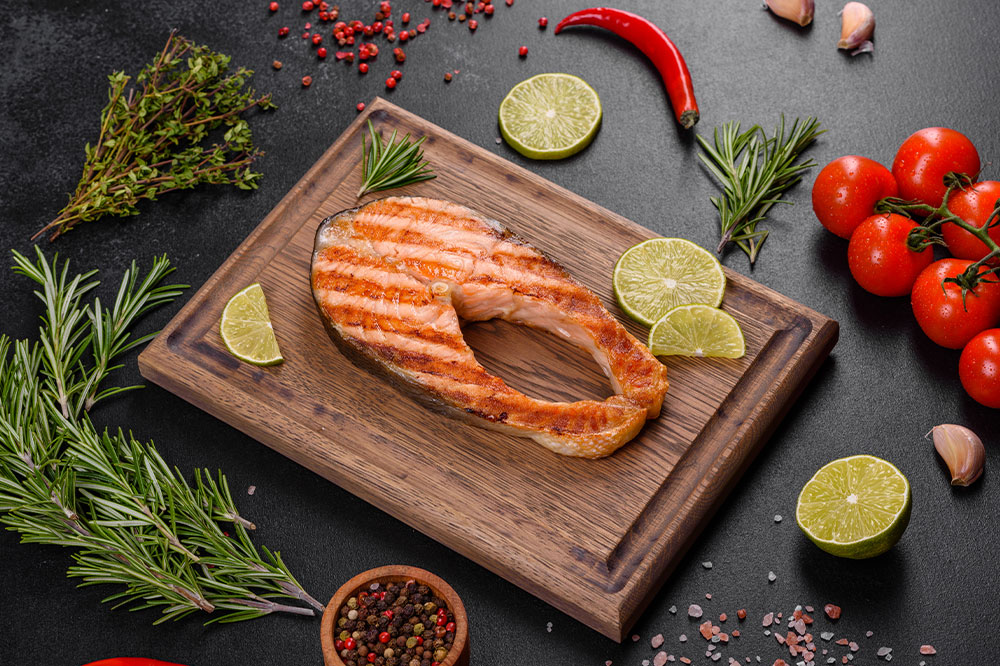6 foods that can help fight against psoriatic arthritis

Psoriatic arthritis is a type of inflammatory arthritis caused due to an autoimmune reaction where the immune system attacks the healthy cells in the body, mainly impacting the skin and the joints. The common symptoms include swelling in fingers and toes, backaches, fatigue, and stiffness. This condition affects a large population and is observed in roughly 30% of individuals having psoriasis. Below is a list of foods to have for individuals with psoriatic arthritis.
Salmon
Salmon and other fatty fish can help manage psoriatic arthritis because most fatty fish are rich in omega-3 fatty acids. They also have anti-inflammatory properties that can help fight joint pain and tackle the swelling. The omega-3 fatty acids can help with heart conditions and prevent heart disease and strokes. The American Heart Association suggests eating salmon, tuna, and mackerel at least twice a week.
Whole grains
Psoriatic arthritis increases the risk of heart diseases since it can lead to the development of inflammation in the blood vessels. This inflammation can lead to secondary conditions that can further aggravate by cholesterol. Whole grain foods such as brown rice, wild rice, barley, oatmeal, and whole wheat can tackle this condition. These foods are fiber-rich, help maintain cholesterol, and even improve bowel health. They are also good for psoriatic arthritis as they reduce the risk of heart disease, thereby helping the individual maintain overall health while fighting against it.
Turmeric
Turmeric is a spice that is an integral part of South Asian cuisines. They are also an important element of many home remedies to tackle a wide range of conditions. Turmeric belongs to the ginger family and has been hailed as a food that fights inflammation in the body. It contains the element known as curcumin which is known to have antibacterial and antioxidative properties. It can help fight oxidative stress and pain-inducing inflammation. You can get your daily dose of turmeric by adding the spice to your foods. If not, you can also take it in the form of a capsule or an extract.
Cherries and berries
Berries such as blueberries, blackberries, and raspberries, along with cherries are known to contain phytonutrients called anthocyanins. These elements help fight inflammation which can cause various symptoms of arthritis. Studies show that adding these fruits to your daily meals can help reduce inflammation and fight various symptoms of this condition. Many of these berries are also loaded with vitamins such as vitamin C that lowers blood pressure and even fights cholesterol.
Garlic
Garlic makes for a great flavorful addition to your meals. But, did you know that they are full of phytonutrients that can help fight conditions such as psoriatic arthritis? When adding them to your meals, ensure that you add fresh garlic. This is because bottled or powdered garlic can have additives and preservatives that are not healthy for you.
Apples
An apple a day keeps a doctor away is true because it contains loads of essential nutrients, vitamins, and minerals. It also contains quercetin, a flavonoid that modifies the inflammatory responses of the body and reduces pain. Apples are also rich in pectin which can make you feel full to prevent you from unhealthy snacking.







